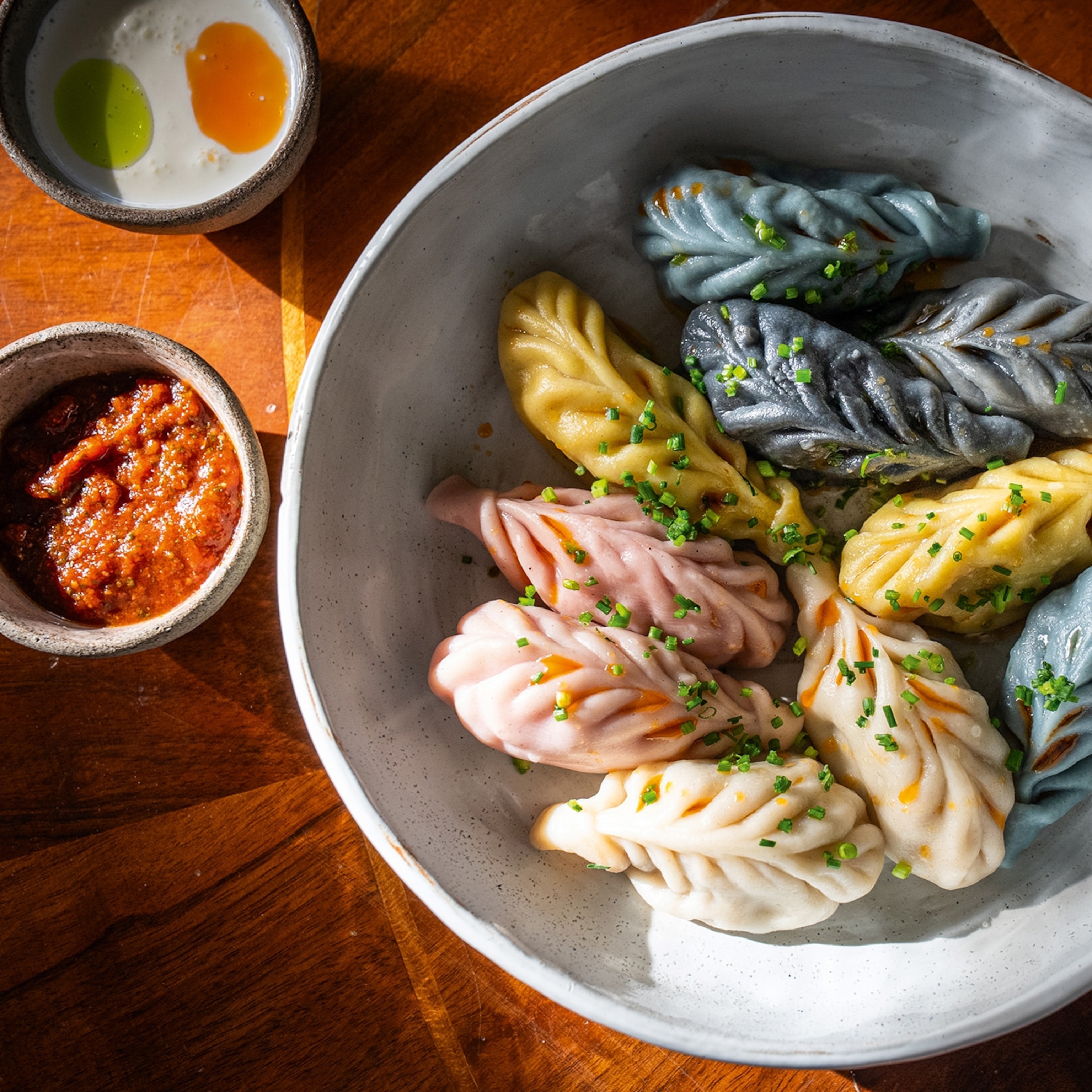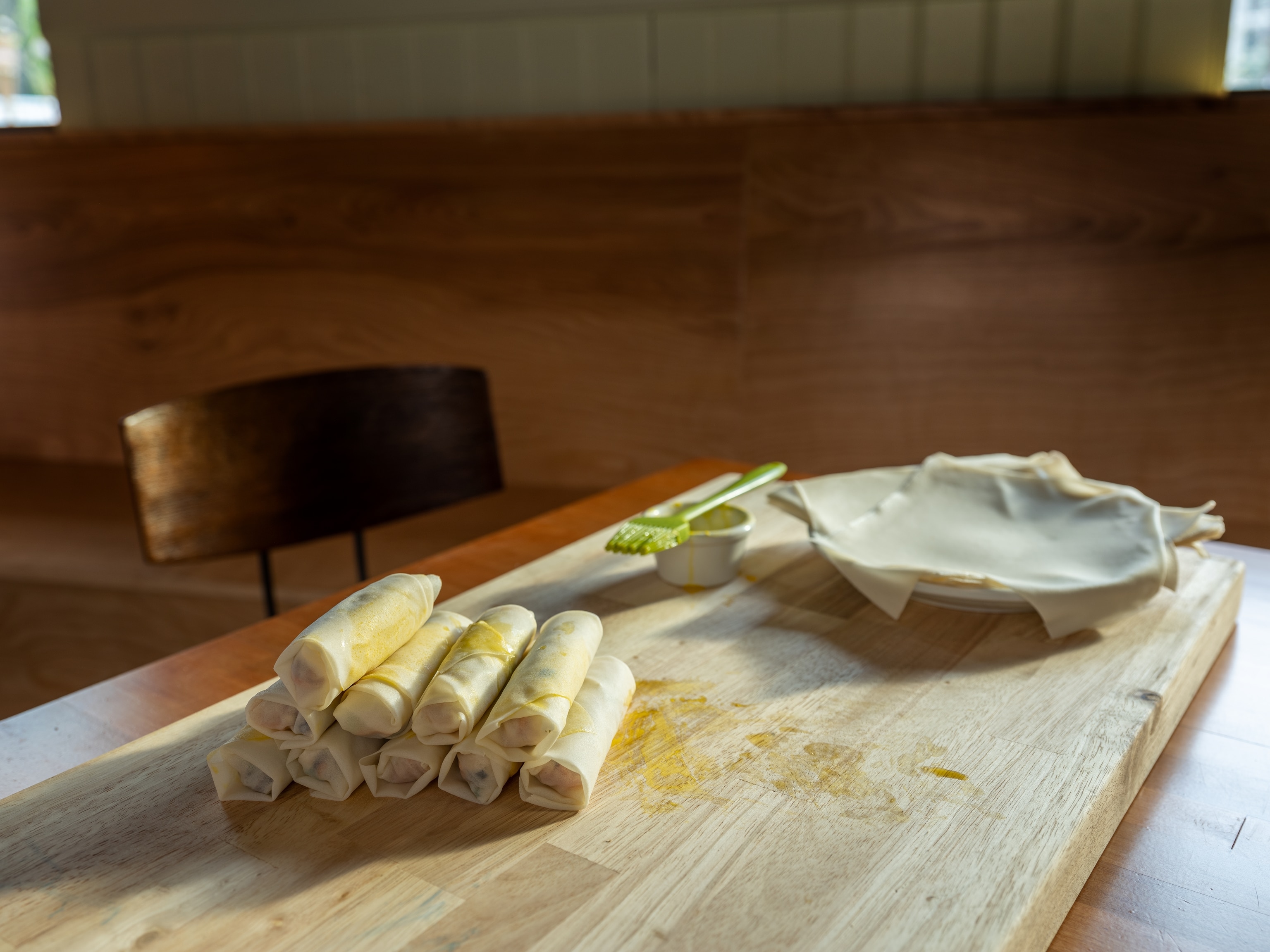
Savor the diverse flavors of Texas
Experience the natural bounty and cultural diversity of Texas on a mouth-watering culinary tour of the state.
The evolving story of Texas is told through its food. Inventive and locally sourced, Texas cuisine is a delectable explosion of flavors embodying the state’s diverse cultural mix and rich Western heritage. Sample uniquely Texan fusion fare across the state at places like Houston’s Vietnamese-Cajun Crawfish + Noodles and Austin’s Asian-inspired smokehouse, Loro, the culinary collaboration of James Beard Award-winning chefs Tyson Cole of Uchi and Aaron Franklin of Franklin Barbecue.
Similar partnerships between restaurants and local farmers, ranchers, and other Texas-based producers bring a bounty of fresh, seasonal ingredients to restaurants and mobile kitchens. Here’s a quick taste of the diverse menu you can dig into on a mouth-watering tour of Texas cuisine.
Liberty Bar, San Antonio
Liberty Bar is unmistakably San Antonian. The quirky restaurant’s King William Historic District location has deep-rooted connections to the Alamo (the district formerly included farmland belonging to the mission). The cotton candy-pink Liberty Bar building, which dates back to 1883, once housed the Saint Scholastica Convent, whose Benedictine Sisters first came to Texas in 1919. And standard restaurant fare, such as grilled chicken and pepperoni pizza, get a flavorful San Antonio makeover thanks to locally sourced ingredients like cage-free meats, spiced and peppery achiote (annatto seeds), chile morita (smoked jalapeño) sauce, and roasted garlic.
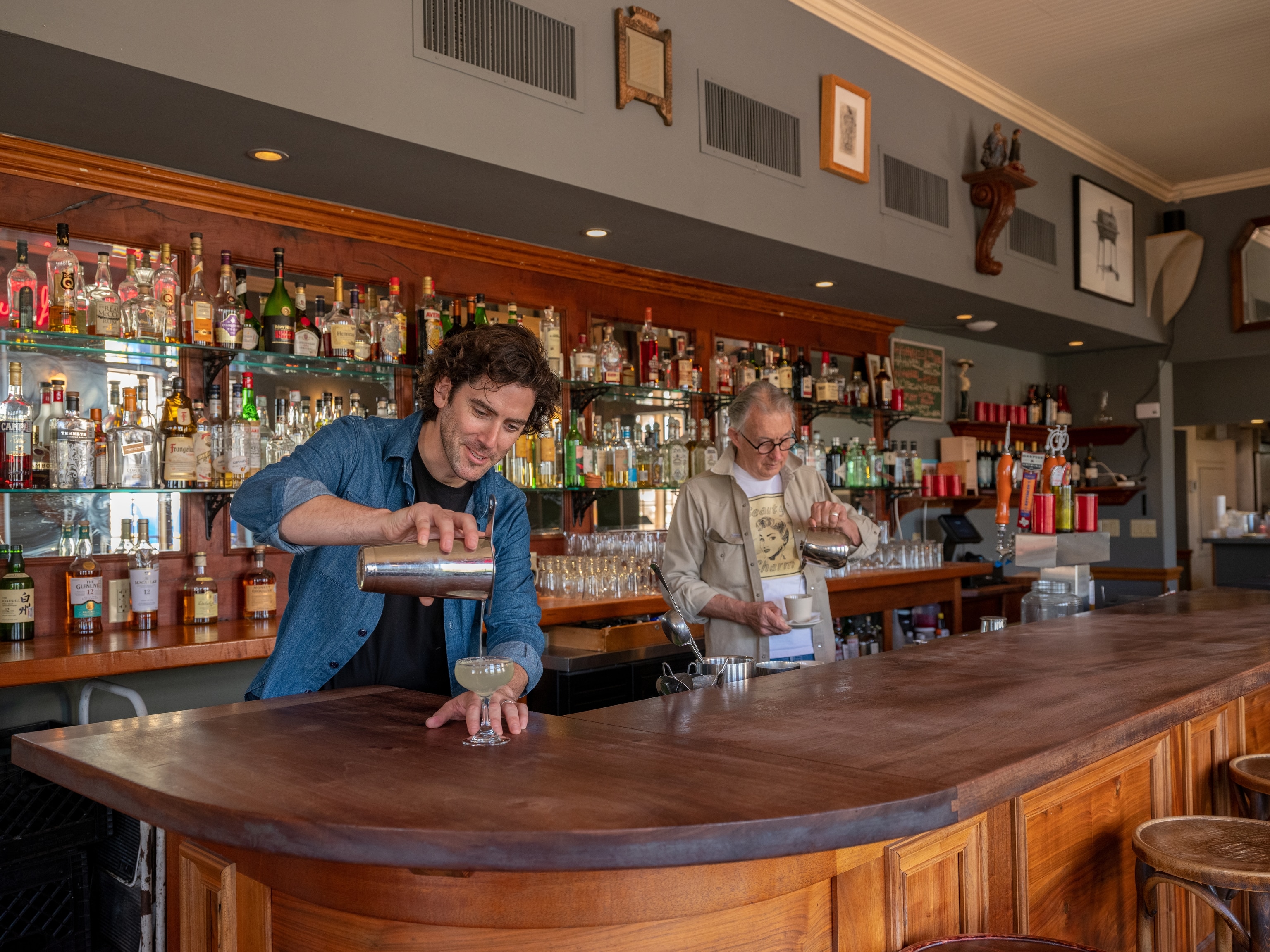
Adding to the local charm are the homemade breads, pastries, and pastas, and comfortably worn wood chairs, tables, and floors—all of which evoke the feeling of home. Reserve one of the tables for weekend brunch (Saturdays and Sundays, 11 a.m. to 2 p.m.) to try their distinctive twist on French toast: Liberty Bar Pain Perdu. The decadent dish of gooey goodness begins with a house-made sourdough potato boule that’s soaked in custard batter for 48 hours before toasting on the griddle.
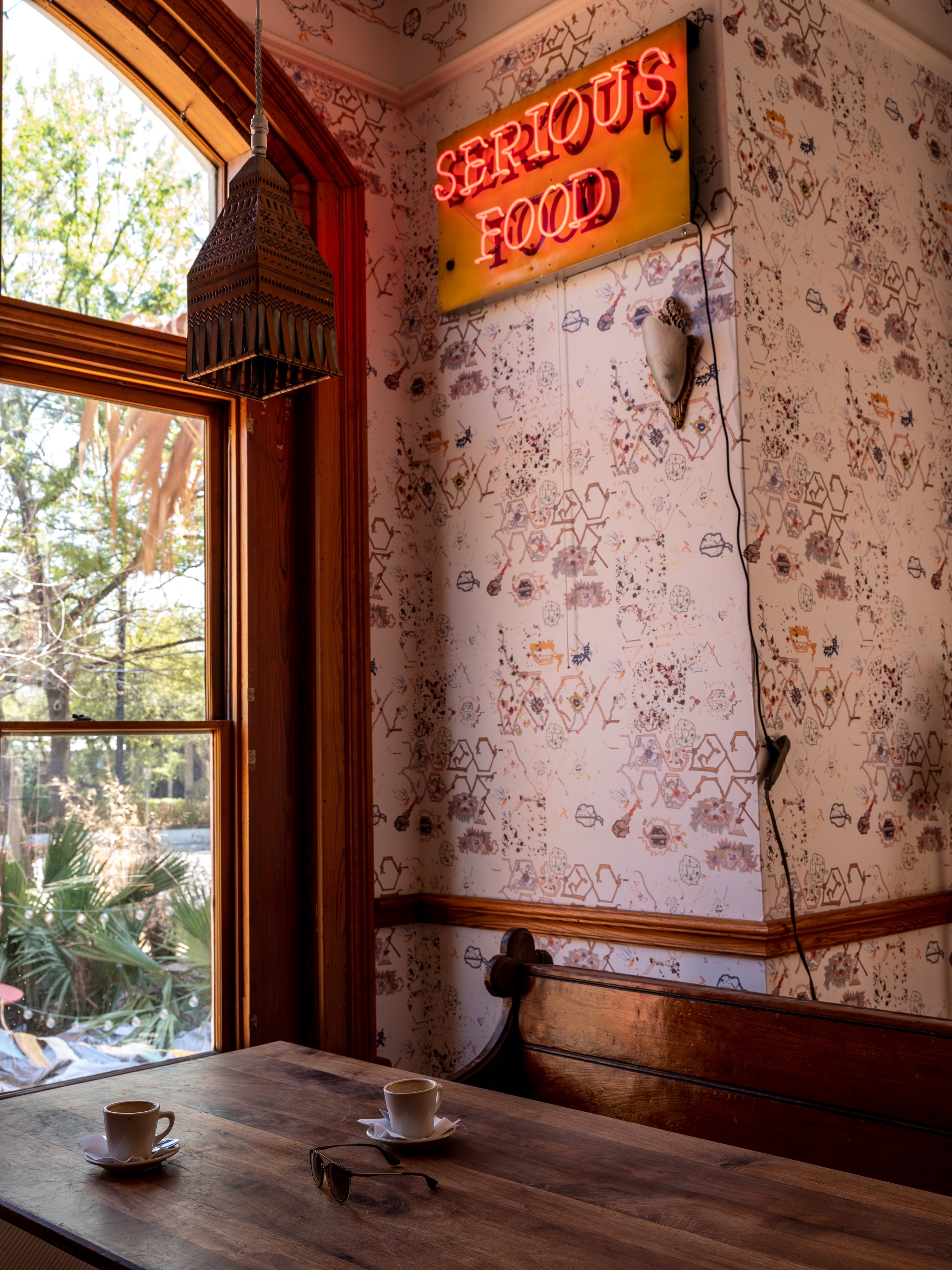
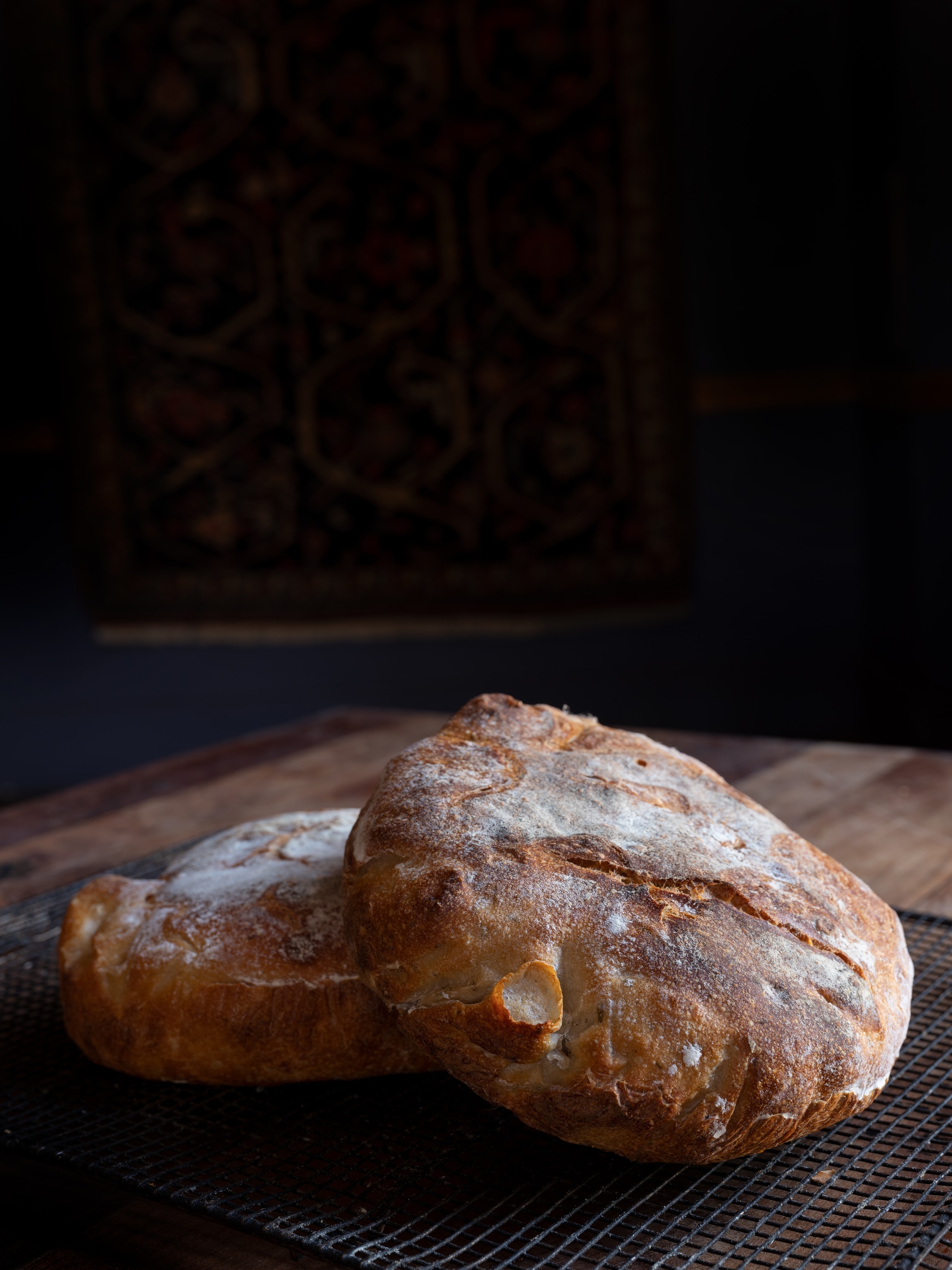
Xin Chao, Houston
Editor's note: Xin Chao closed its doors in June 2024.
No wonder Houston’s culinary scene is a smorgasbord of globally inspired tastes: more than 145 different languages are spoken in the city, which perennially ranks among the nation’s most diverse. The concentration of cultures is reflected in the area’s more than 10,000 restaurants, whose numbers include inventive cultural mashups like Xin Chao. The Texas-meets-modern Vietnamese restaurant (the name means “hello” in Vietnamese) was founded by two Houston culinary stars: Christine Ha, the first-ever blind contestant to win MasterChef, and Saigon House award-winning chef Tony Nguyen.
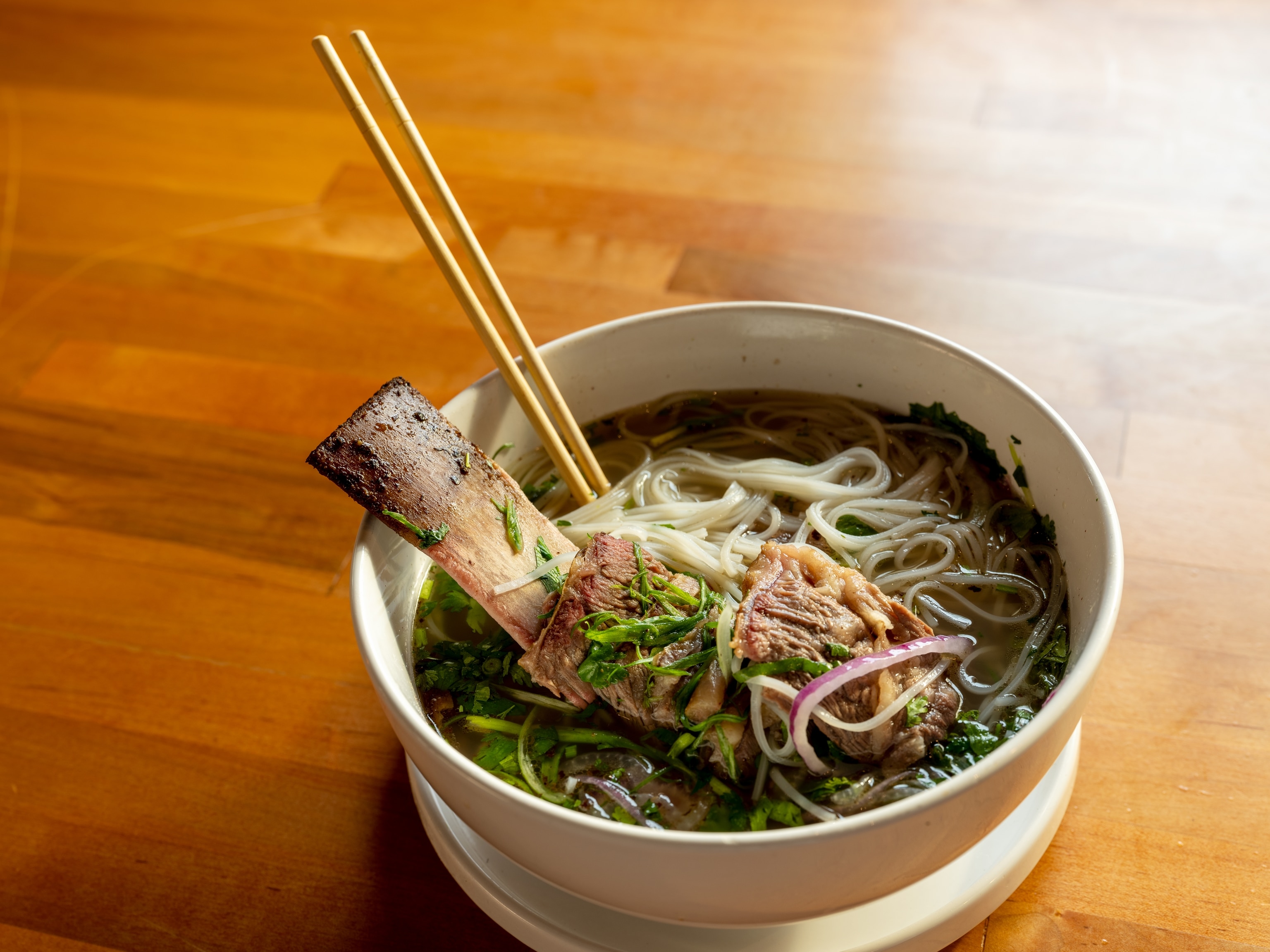
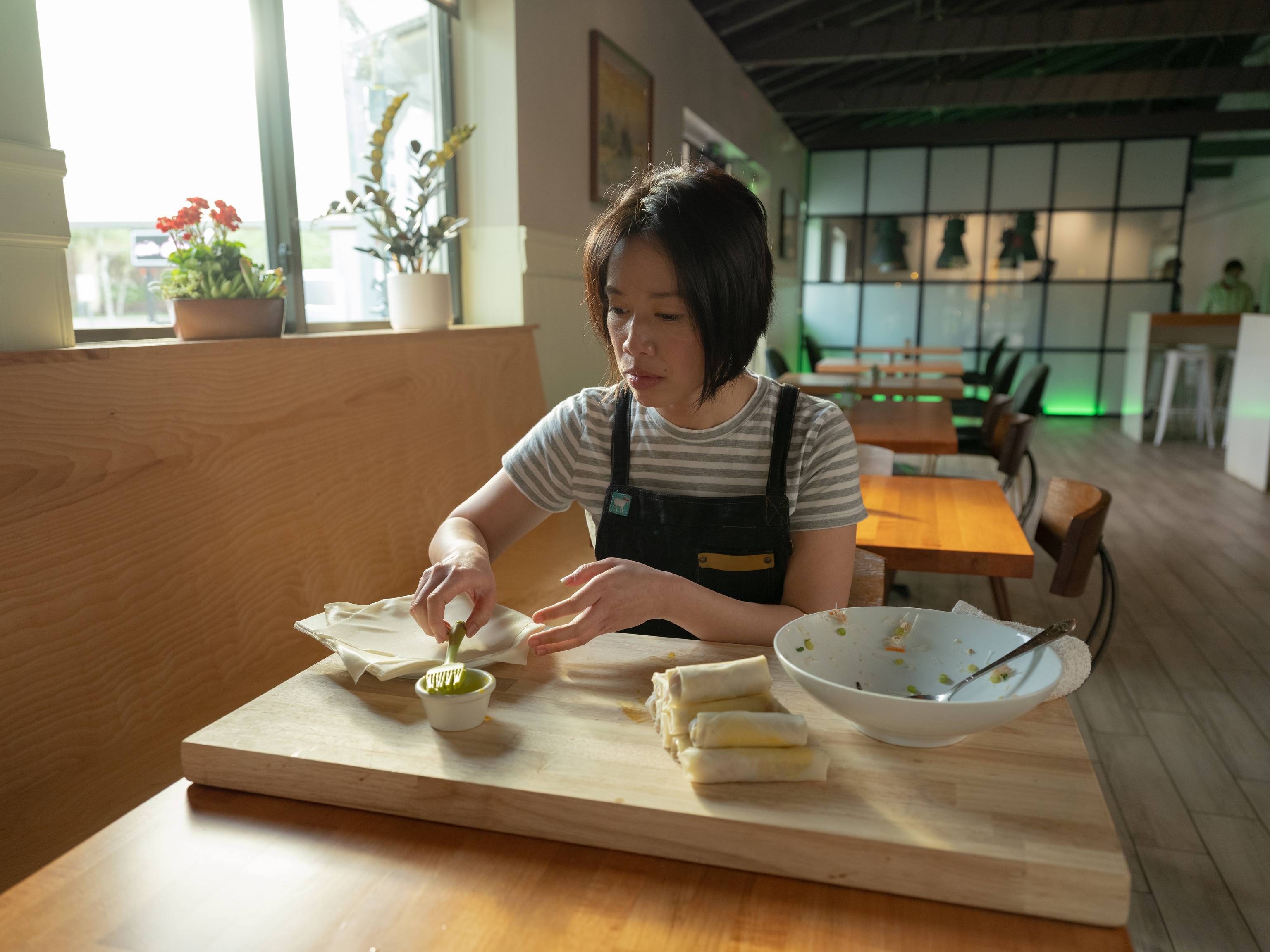
Ha and Nguyen prepare recipes celebrating their shared Vietnamese heritage using locally sourced ingredients (including Gulf-caught fish and 44 Farms beef ribs) and Texas cooking techniques, such as smoking, frying, grilling, and baking. Visit on a Thursday to experience their weekly Viet-Tex take on a Texas favorite: fried chicken. The Xin Chao version, Nguyen-er Nguyen-er Chicken Dinner!, is a crispy-tart treat for the taste buds: chicken soaked in lemongrass-flavored buttermilk, fried in pandan-rice batter, and served with pickled cucumber slices, beef tallow aioli, and hot saté honey.
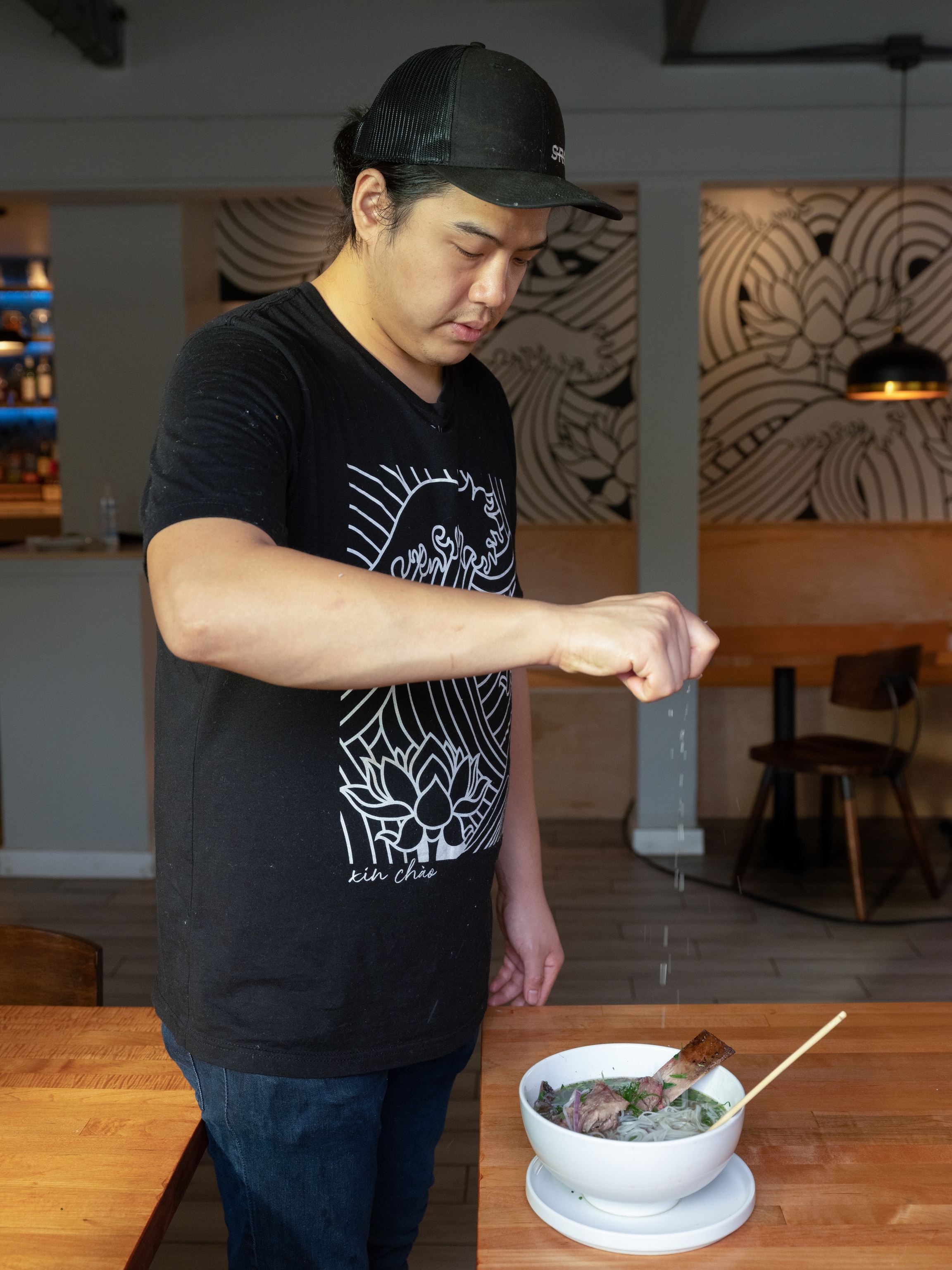
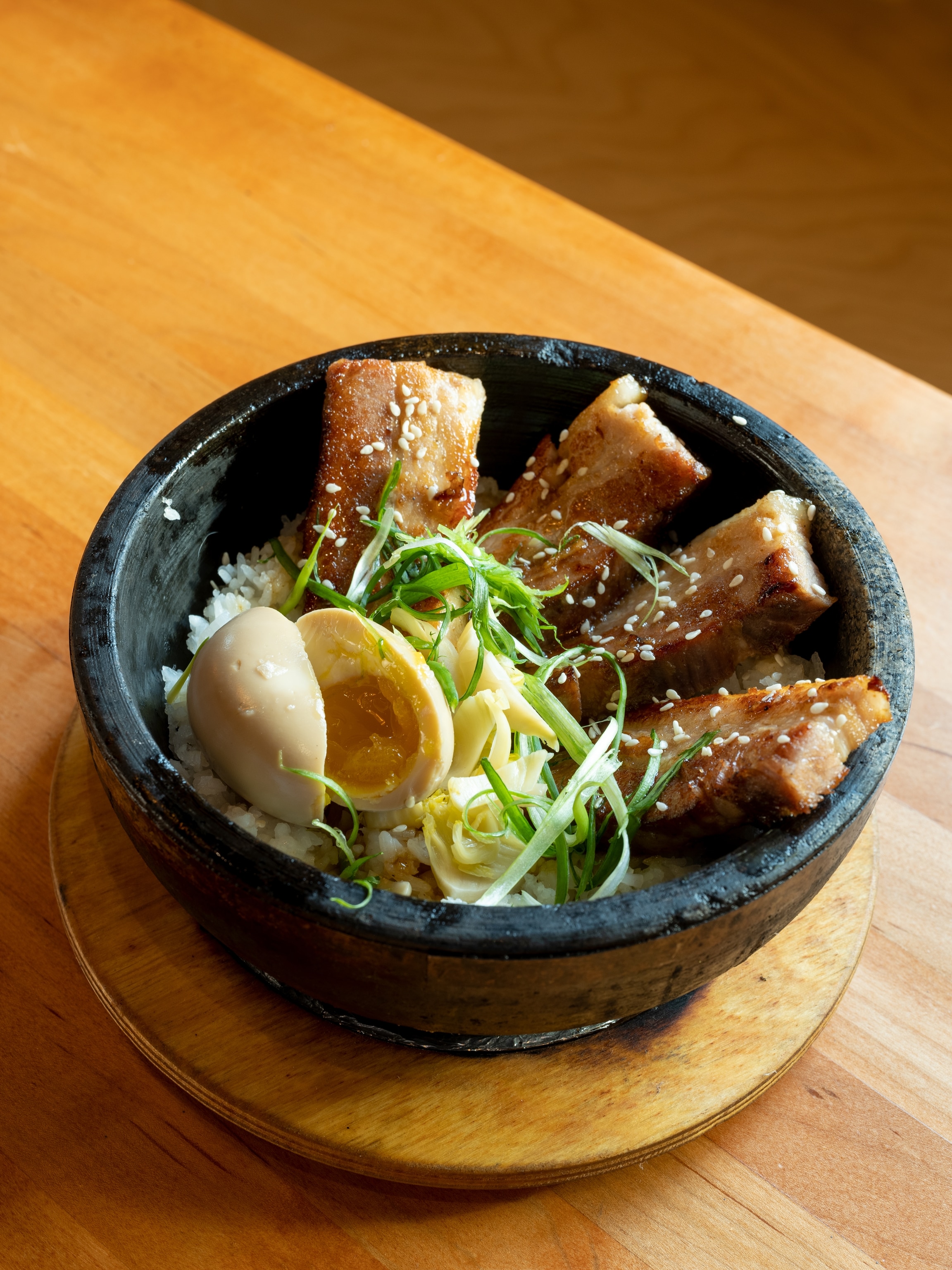
The Gristmill River Restaurant and Bar, New Braunfels
Few things are more Texan than two-stepping at Gruene Hall. The open-air dance hall, built in 1878, is part of Gruene Historic District, and well-worth the 30-minute drive from San Antonio. For the full Gruene (pronounced “green”) experience, pair an evening of live music at the hall with a plate of chicken fried steak or baby back ribs at the neighboring Gristmill River Restaurant and Bar.
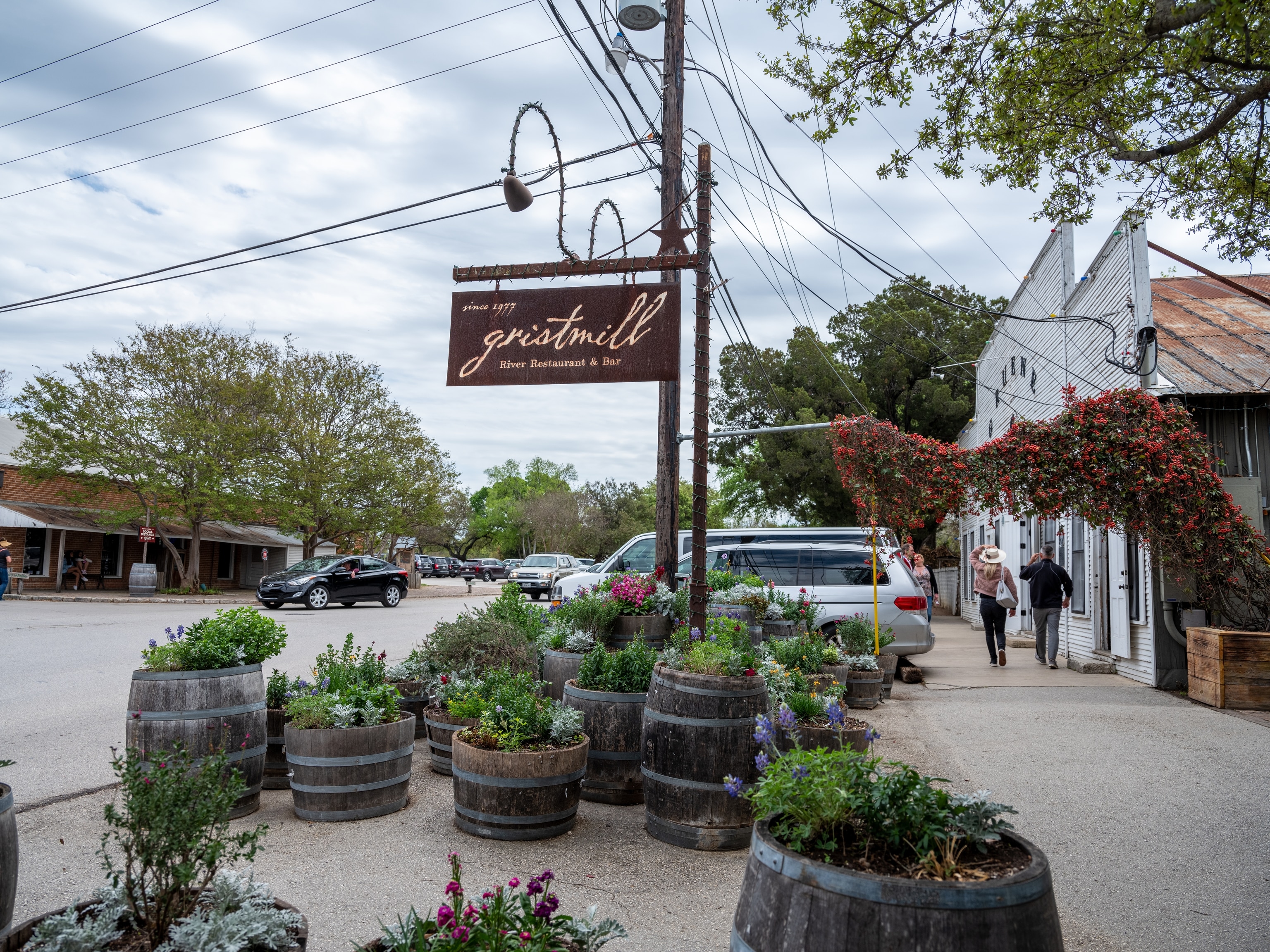
The Gristmill opened in 1977 in the brick shell of Gruene’s water-powered cotton gin, destroyed by fire in 1922. The town’s German immigrant namesake, Henry Gruene, grew Gruene into a cotton commerce center in the early 20th century. By the 1940s, Gruene, now part of New Braunfels, had become a ghost town. The Gristmill and the dance hall sparked Gruene’s revival as a hub for Texas arts, antiques, and food. If weather permits, soak up the history from one of the Gristmill’s treehouse-like decks. Tables on the lower deck and rail seats on the upper deck offer the best views of the Guadalupe River.
Jester King Brewery & Kitchen, Austin
Born as a machine shop-turned-brewery in 2010, Jester King has blossomed into a 165-acre, Hill Country farm where everything—whether the beer, the picnic areas under the live oaks, or the resident goats—engenders a sense of place. Cofounders and brothers Jeffrey Stuffings and Michael Steffing use a variety of ingredients—including honey, foraged plants, and a cornucopia of fruits—from the farm in Jester King’s ales, wood-fired pizzas, and farm-to-table fare. What isn’t grown or raised onsite is primarily sourced locally or regionally, resulting in tastes that are uniquely Texan.

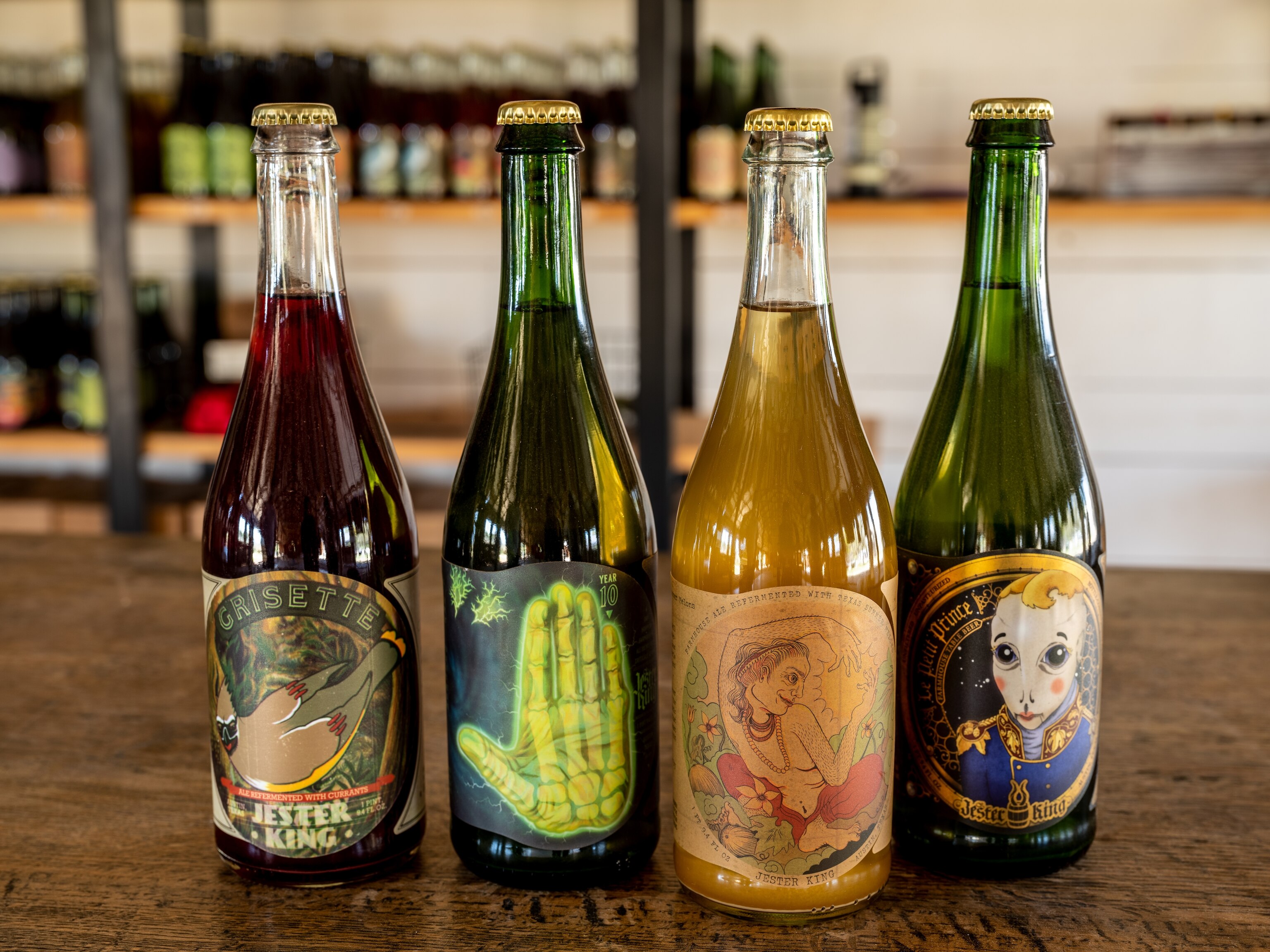
Dough for the to-die-for pizzas (try the taco-ish Americana topped with enchilada-spiced ground beef, pepper Jack cheese, and salsa verde) is scratch-made using flour milled from Texas-grown grains at nearby Barton Springs Mill. The hand-juiced mandarins in the summery Satsumas 4 Sale IPA come from K.H. Farm in Poteet. This focus on seasonal and sustainably produced ingredients is part of the brewery and kitchen’s wider commitment to environmental stewardship. Experience Jester King’s deep-rooted connection to the land through the beer and the food―and by walking the farm’s two-mile-long nature trail.
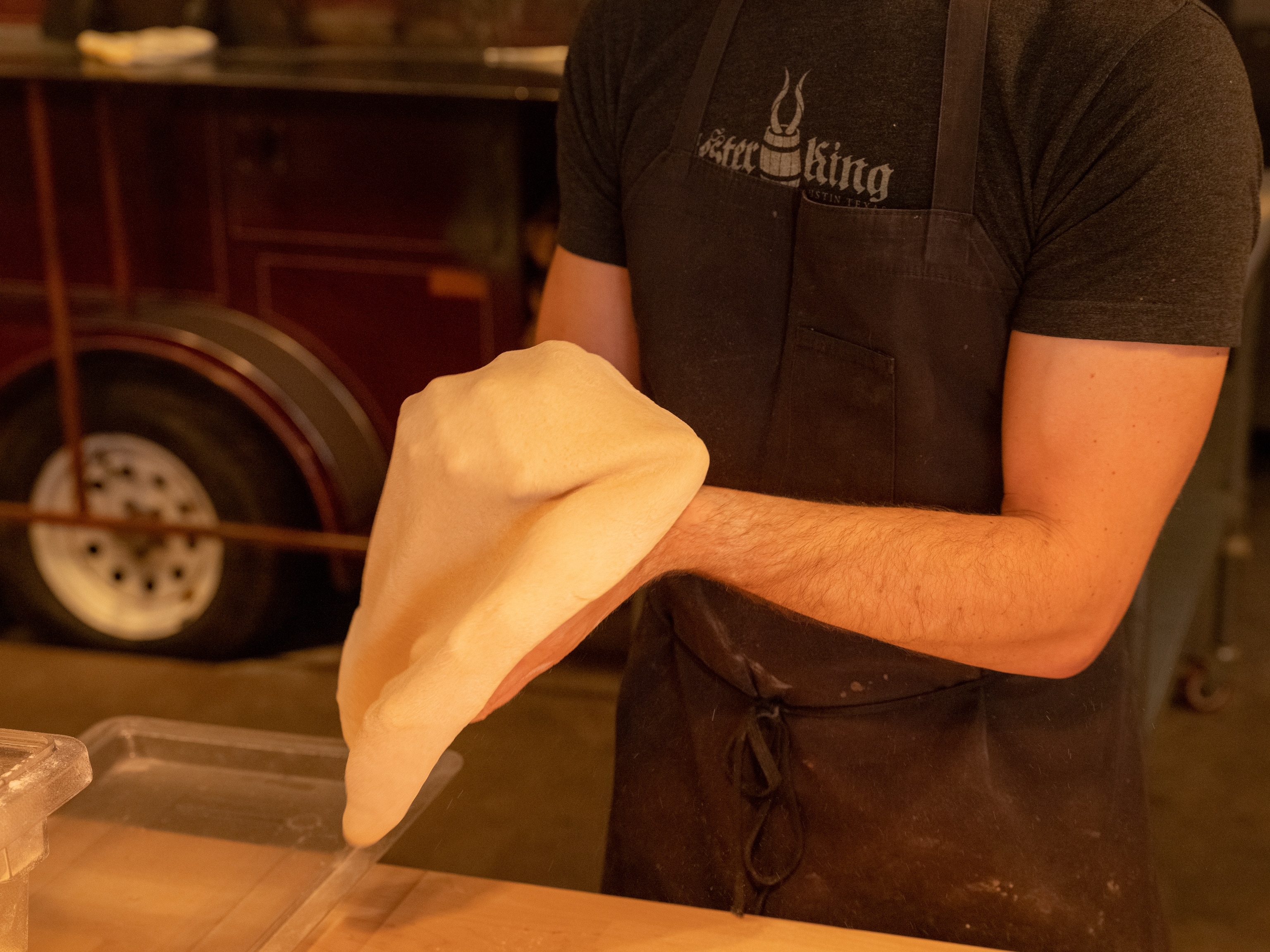
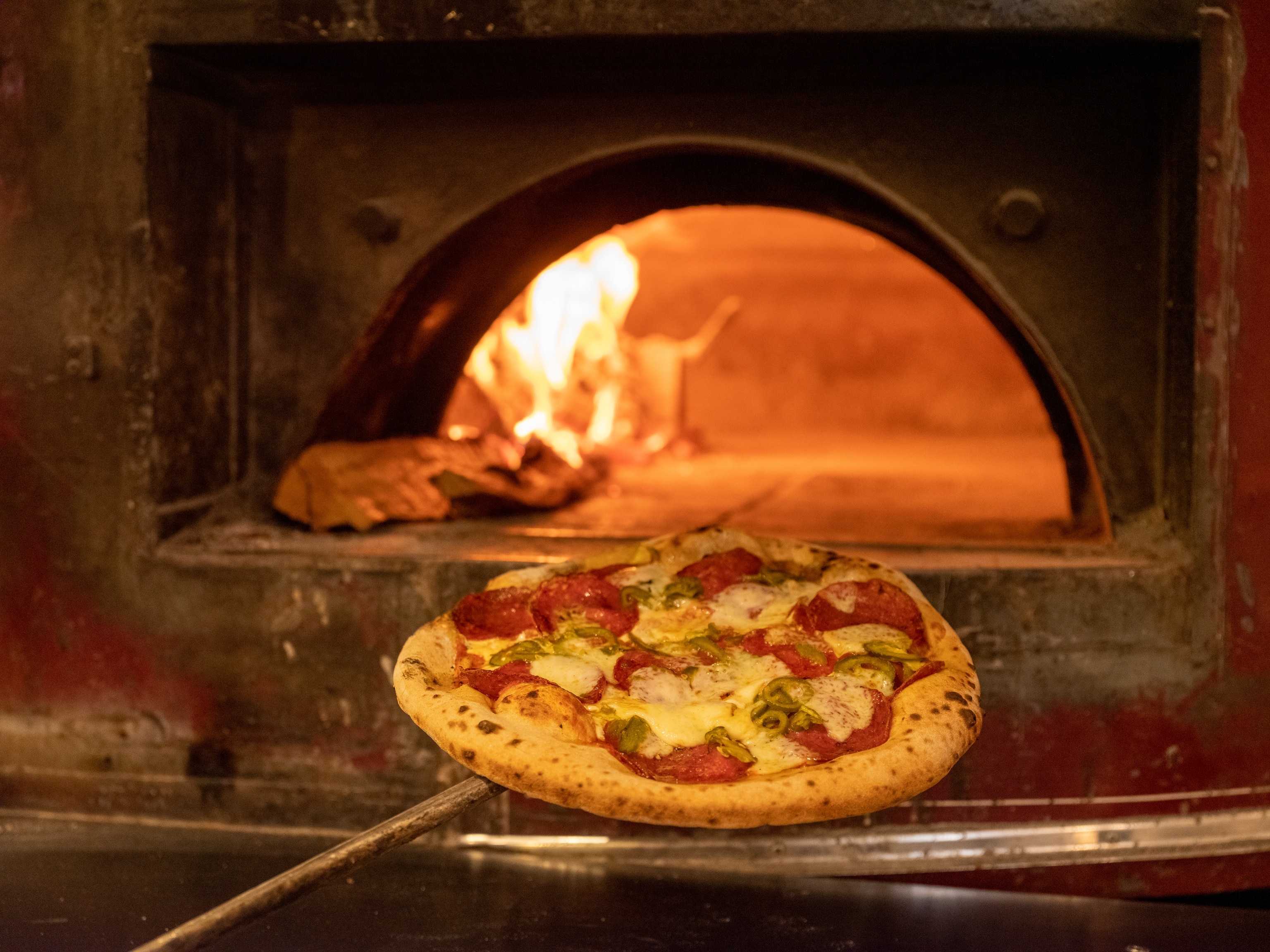
The Esquire Tavern, San Antonio
The end of Prohibition in 1933 marked the beginning of a San Antonio River Walk mainstay: The Esquire Tavern. Old school cool with its supper-club décor—dark wood, pressed-tin ceiling, and a wild kingdom of taxidermy on the walls—The Esquire is more an experience than a restaurant and bar. Slide into a wooden booth or up to the 101-foot-bar (said to be the longest wood-topped bar in Texas) and be transported back to the heady, early days of San Antonio cocktail culture.
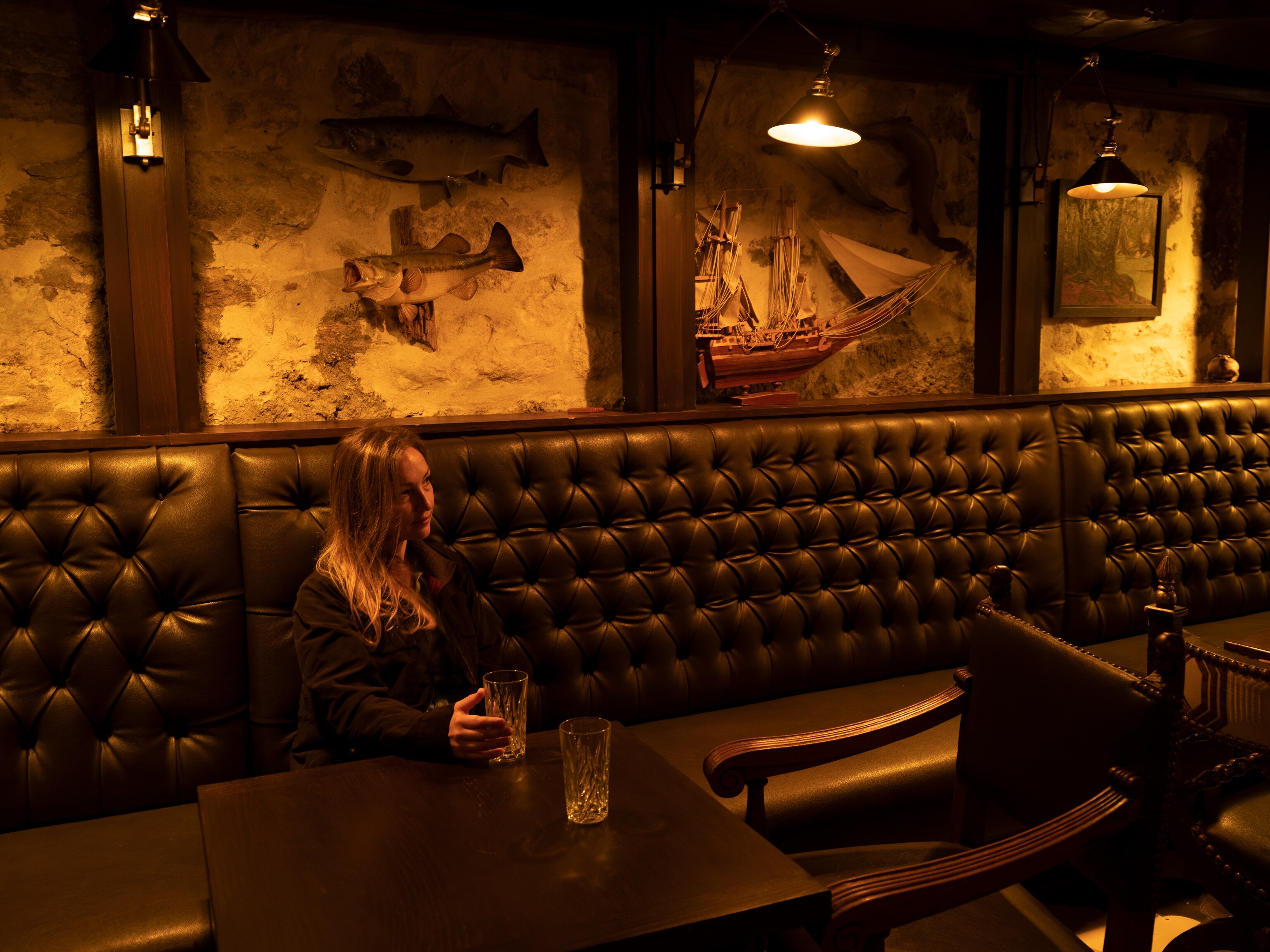
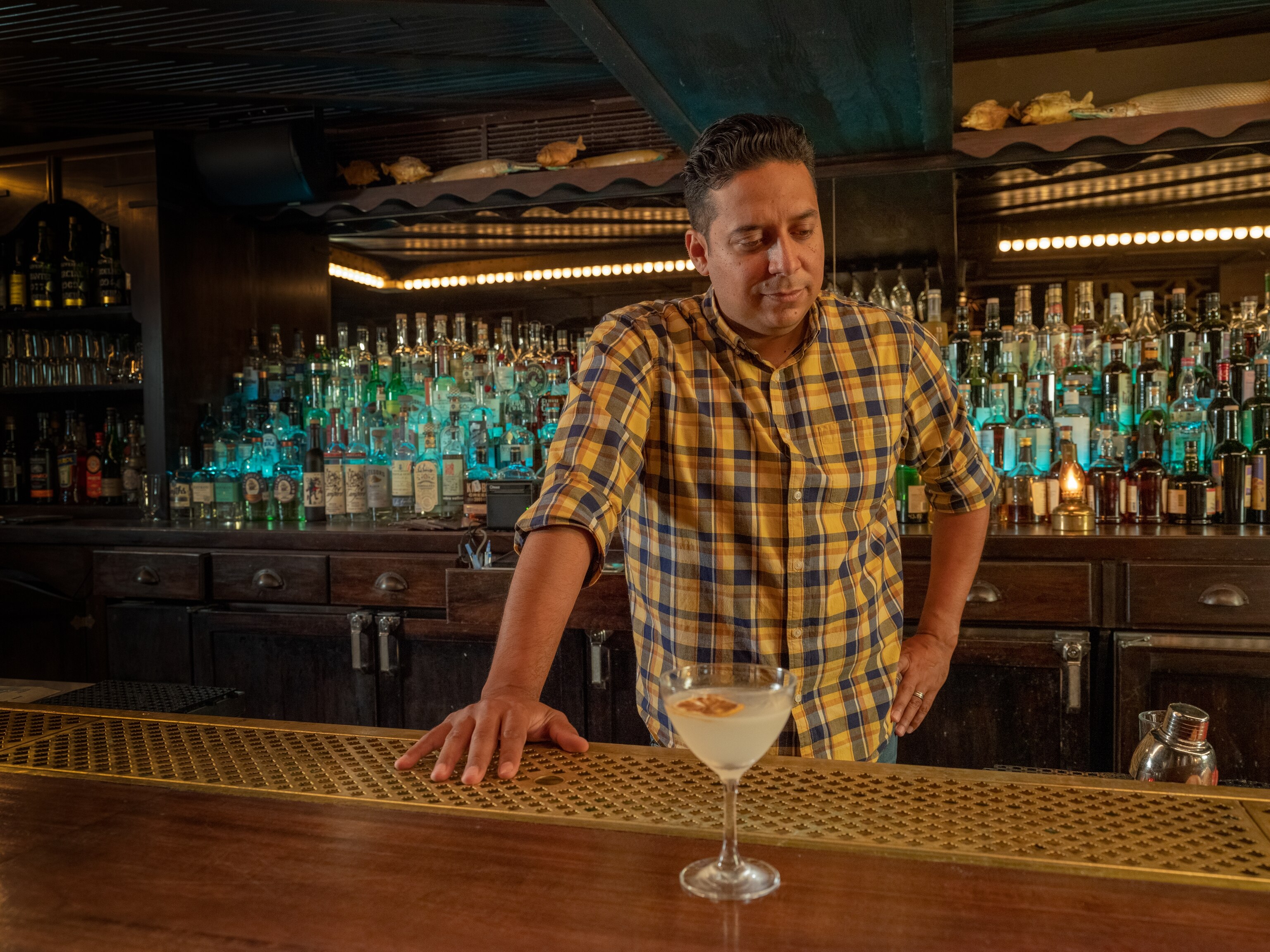
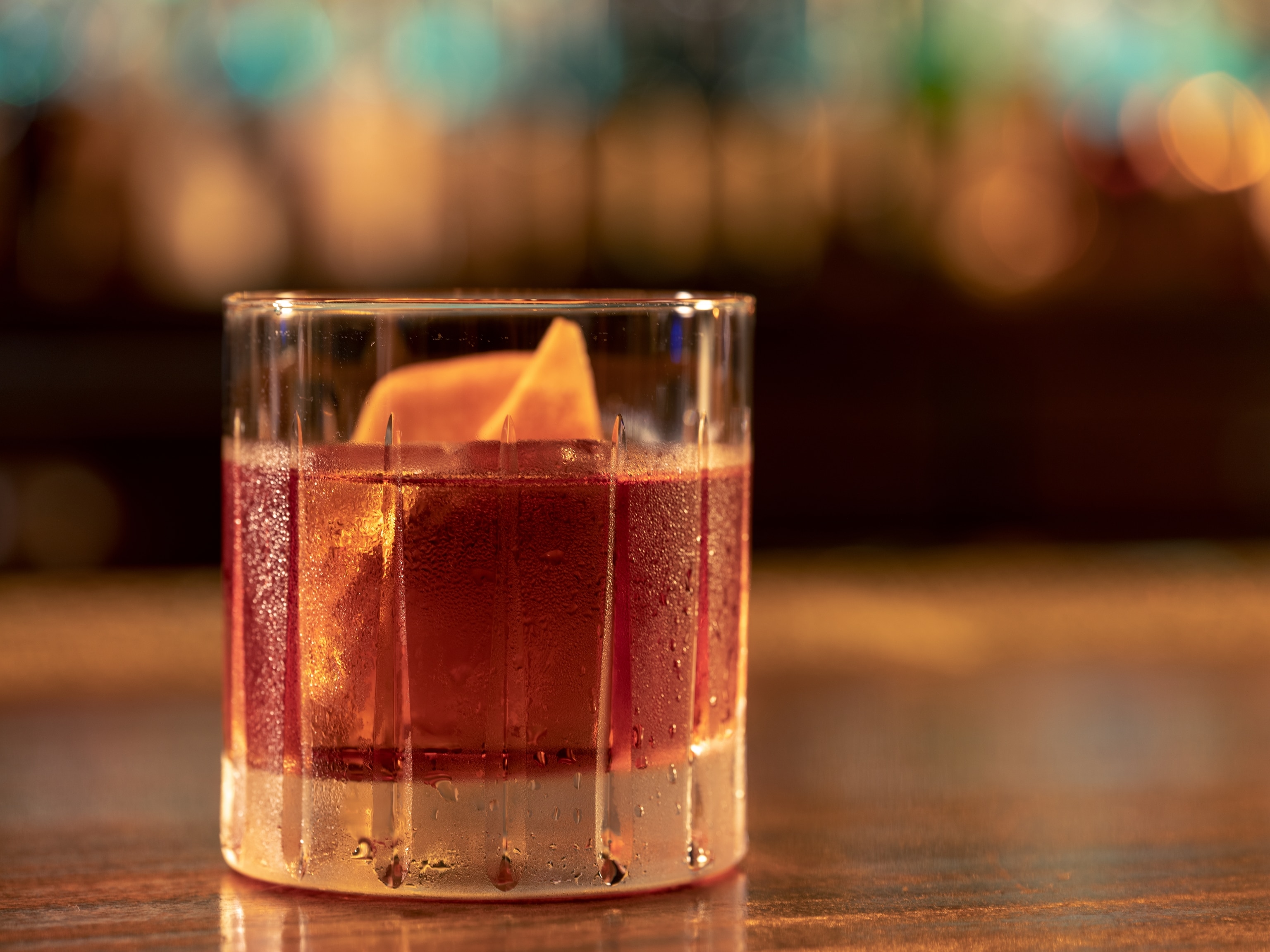
The care taken in crafting house specialty cocktails, such as the cool gin-and-cucumber Cradle of Life, has twice earned The Esquire a James Beard Award nomination for Outstanding Bar Program. Owner Chris Hill, who restored and reopened the tavern in 2011, applies the same attention to detail to The Esquire’s dimly lit, downstairs speakeasy (open Friday and Saturday evenings) and to the South Texas-with-a-twist fare. Regionally sourced ingredients, such as Texas wagyu beef, free-range bison, and Gulf shrimp, are prominently featured on the eclectic menu, which includes a State Fair of Texas-worthy bologna melt topped with American cheese, aioli, Dijon mustard, and house-made pickle.
